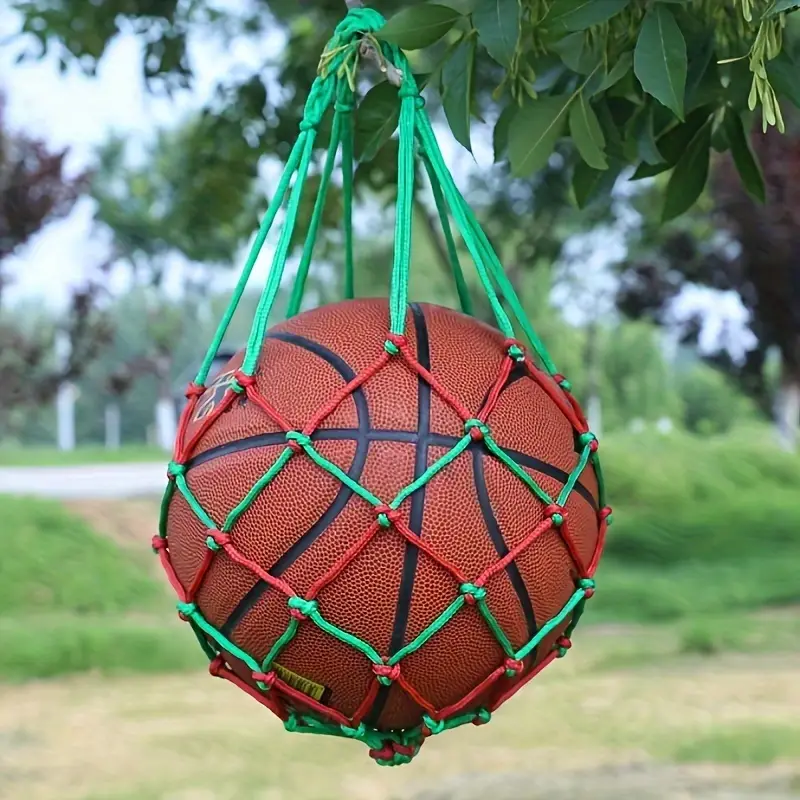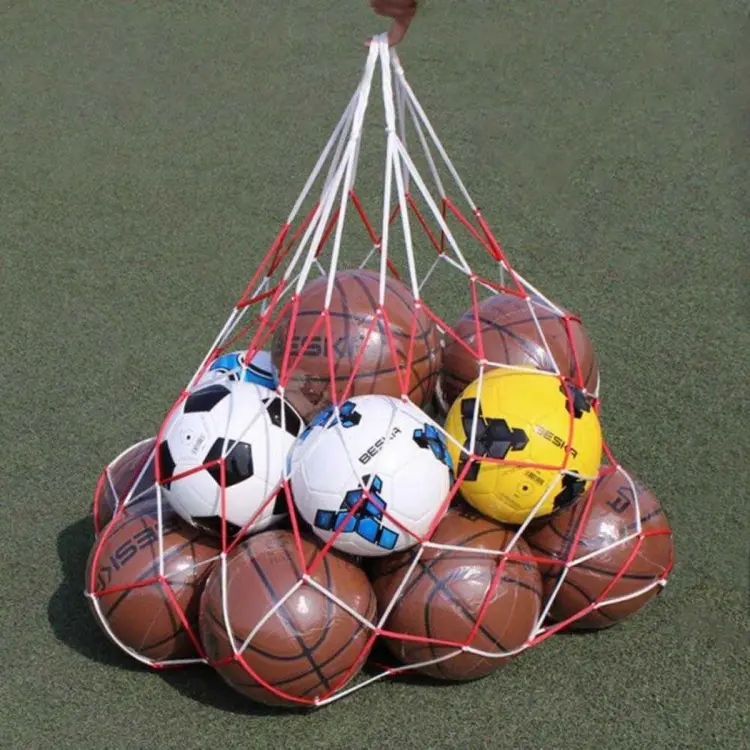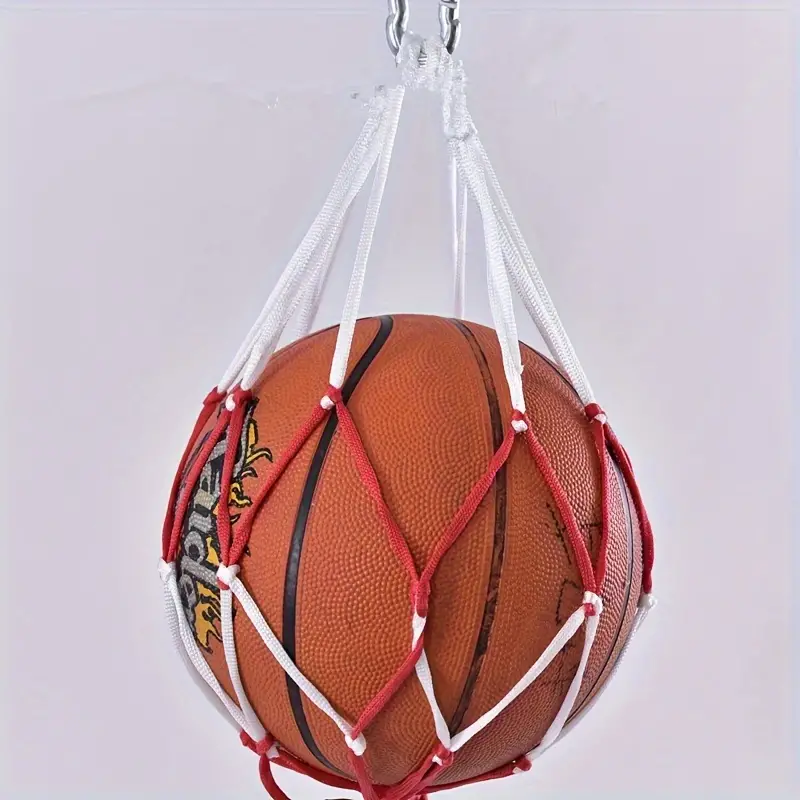I. Introduction

A. The Significance of the Pocket in Football
The pocket in football is a crucial element that provides the quarterback with a protected space to observe the field, make accurate passes, and execute plays. It serves as the nucleus of offensive strategy and significantly influences the outcome of games.
B. Evolution of the Pocket in Football Strategy
Over the years, the concept of the pocket has evolved, reflecting changes in offensive and defensive strategies, player skillsets, and rule modifications. This evolution has reshaped the dynamics of the passing game and defensive tactics in football.
C. Impact of the Pocket on Offensive and Defensive Strategies
The presence and stability of the pocket impact offensive strategies by allowing quarterbacks to survey the field and execute planned plays. Meanwhile, defensive strategies are designed to disrupt or collapse the pocket to pressure the quarterback and limit passing options.
II. Creating the Pocket
A. Offensive Line’s Role in Forming the Pocket
The offensive line plays a pivotal role in creating and maintaining the pocket. Their coordinated blocking techniques and cohesive movements establish a barrier to shield the quarterback from immediate pressure, enabling the development of passing plays.
B. Quarterback’s Positioning for Optimum Pocket Formation
Quarterbacks are trained to position themselves within the pocket to maximize their field of vision, passing lanes, and maneuverability. By aligning strategically, they can increase their time to make critical decisions and deliver accurate throws.
C. Techniques for Maintaining the Integrity of the Pocket
Consistency and discipline in footwork, communication, and awareness are essential for maintaining the integrity of the pocket. Offensive linemen employ techniques such as mirroring pass rushers, using proper leverage, and reacting to defensive stunts to sustain a functional pocket.
III. Utilizing the Pocket for Passing
A. Quarterback’s vision and passing lanes within the pocket
The pocket is the designated area in which the quarterback operates behind the offensive line. It provides the quarterback with a protected space from which to survey the field and deliver accurate passes. A crucial aspect of utilizing the pocket for passing is the quarterback’s vision. This involves the ability to read the defense, identify open passing lanes, and locate receivers downfield.
When operating within the pocket, quarterbacks must constantly scan the field, keeping their eyes downfield and remaining aware of the defensive coverage. By maintaining a strong vertical vision and staying focused on the downfield passing lanes, quarterbacks can identify open receivers and deliver pinpoint passes.
Furthermore, quarterbacks must also be aware of their peripheral vision, allowing them to sense pressure and adjust their positioning within the pocket to avoid oncoming pass rushers. This requires a keen sense of spatial awareness and the ability to feel the rush without losing focus on the passing lanes.
B. Receivers’ routes and timing in relation to the pocket
In conjunction with the quarterback’s vision and awareness, the timing and routes of the receivers play a pivotal role in the success of passing plays within the pocket. Receivers must be precise in their route running, creating separation from defenders and presenting themselves as viable targets for the quarterback.
Timing is also crucial, as receivers must coordinate their routes with the quarterback’s dropback and progression through the pocket. This synchronization ensures that the passing lanes align with the receivers’ movements, allowing for optimal opportunities for completions.
As a quarterback, it is essential to develop strong chemistry and understanding with your receiving corps. This involves extensive practice and repetition to perfect the timing and execution of passing plays within the pocket. By working closely with receivers to refine route running and timing, quarterbacks can maximize the effectiveness of their passing game from the pocket.
C. Maximizing accuracy and efficiency within the pocket
Ultimately, the goal of utilizing the pocket for passing is to maximize accuracy and efficiency in delivering the football. This requires a combination of factors, including footwork, mechanics, and decision-making.
Footwork is fundamental to a quarterback’s ability to execute within the pocket. By maintaining proper footwork and balance, quarterbacks can generate power and accuracy in their throws. Additionally, sound mechanics, such as a consistent release point and follow-through, are essential for delivering tight spirals and pinpoint throws to receivers within the pocket.
Furthermore, efficient decision-making is paramount when operating within the pocket. Quarterbacks must quickly process information, make decisive reads, and deliver the football with confidence. This entails the ability to progress through passing options, anticipate receiver movements, and deliver the ball to the open target.
IV. Defensive Strategies Against the Pocket

A. Defensive Line’s Pressure Tactics to Disrupt the Pocket
The defensive line aims to disrupt the integrity of the pocket by applying various pass-rushing techniques, including bull rush, swim move, and spin move, to interfere with the quarterback’s passing lanes and decision-making.
B. Linebacker and Safety Blitzes Aimed at Collapsing the Pocket
Linebackers and safeties often execute blitzes, targeting the pocket to exert immediate pressure on the quarterback and disintegrate the protective structure, leading to hurried decisions and potential sacks or turnovers.
C. Coverage Schemes to Counteract Passing from the Pocket
Defensive coordinators develop coverage schemes to mitigate passing opportunities from the pocket. By implementing zone and man-to-man coverages, they aim to limit the quarterback’s options and disrupt the timing of passing plays.
V. Adapting to a Collapsing Pocket
A. Quarterback’s Mobility and Improvisation Under Pressure
When faced with a collapsing pocket, the mobility and improvisational skills of the quarterback play a pivotal role. The ability to maneuver, evade pressure, and make split-second decisions under duress can be the difference between a successful play and a failed attempt.
B. Offensive Line’s Adjustments in Response to a Collapsing Pocket
The offensive line must rapidly adapt to a collapsing pocket by making quick adjustments to provide the quarterback with the necessary protection. This involves maintaining communication, shifting blocking assignments, and regaining control of the pass rush to restore the integrity of the pocket.
C. Strategies for Salvaging Plays When the Pocket Collapses
In the event of a collapsed pocket, quarterbacks and offensive playmakers rely on predetermined scramble drills, quick decision-making, and improvisation to salvage plays.
VI. The Evolution of the Pocket in Modern Football
A. Influence of Rule Changes on the Dynamics of the Pocket
Rule changes within the sport have significantly impacted the dynamics of the pocket. Regulations governing defensive contact, roughing the passer, and other protective measures have shaped the permissible defensive tactics and the level of protection afforded to quarterbacks within the pocket.
B. Incorporating Mobile Quarterbacks into Traditional Pocket Strategies
The rise of mobile quarterbacks has led to the integration of traditional pocket strategies with designed quarterback runs, rollouts, and read-option plays. This adaptation allows teams to capitalize on the unique skill set and athleticism of mobile quarterbacks within the confines of the pocket.
C. Futuristic Trends and Innovations Related to the Football Pocket
As football continues to evolve, futuristic trends and innovations related to the pocket may include advancements in player protection, passing efficiency, and defensive countermeasures. This could encompass innovative equipment designs, enhanced training techniques, and strategic developments to optimize pocket utilization.
Conclusion
Summarizing the role and impact of the pocket in football, its interplay with offensive and defensive strategies, and the evolving dynamics in modern football. Understanding the nuanced aspects of the pocket is crucial for players, coaches, and football enthusiasts to appreciate its significance in the game.

